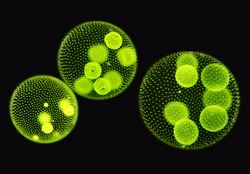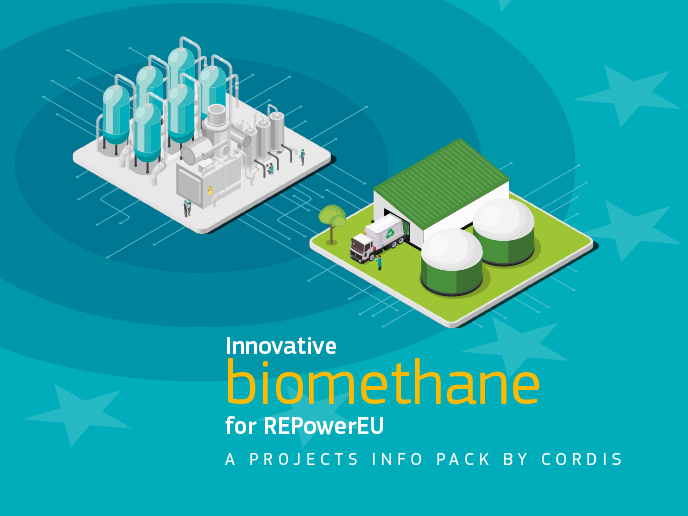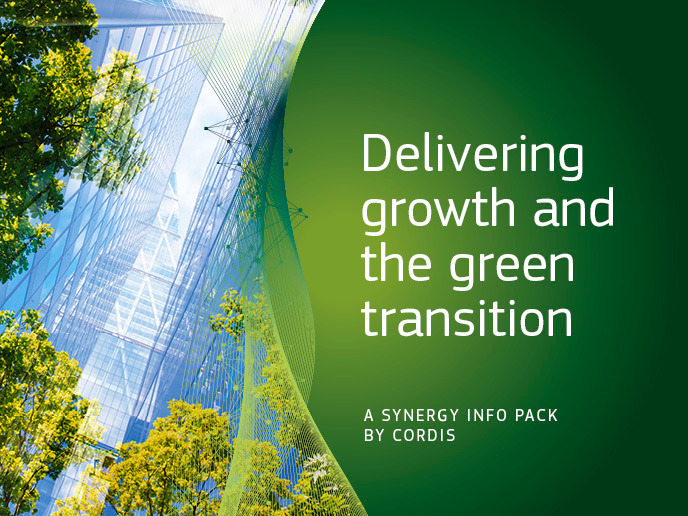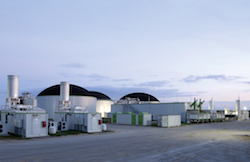Microorganisms as source of energy and waste treatment
Microbial ecosystems have many important uses for human society such as the degradation of contaminants that pollute water air or soil. They can also transform waste materials into valuable renewable resources, including bioenergy, biomaterials and high-value products. This means several microbial ecosystems may be combined into integrated bioprocesses or biorefineries. Here different forms of bioenergy or biomaterials may be produced and multiple sources of pollution treated simultaneously. However, there is a high level of uncertainty due to the large number of variables involved. This is why a systematic framework is needed to design and operate these processes. The DOP-ECOS (Optimal design and operation of microbial ecosystems for bioenergy production and waste treatment) project focused on bioprocesses that combined a photobioreactor with an anaerobic digester. The former used microalgae to capture sunlight and turn it into biomass, while the later converted the biomass into biogas and recovered nutrients. Project partners developed new algorithms for the efficient and reliable estimation, optimisation and control of biotechnological processes and to reduce the amount of uncertainty. Particular emphasis was placed on set-membership estimation, a technique for determining all possible parameter values of a model and a new algorithmic framework, called branch-and-lift. These advanced optimisation-based methods and tools were used to create state-of-the-art models for optimising the performance of the photobioreactor and anaerobic digester. Researchers developed microalgae growth models and integrated them into multiphysics models for predicting large-scale productivities in a raceway pond and computational fluid dynamics models that described the flow conditions. The models were used to identify the main bottlenecks and possibilities for improvement in large-scale culture systems for testing hypothesis regarding the use of genetically modified microalgae species. They could also be employed to determine the best location for a microalgae farm based on geographical information systems (GIS). DOP-ECOS was the first project of its kind to apply a systematic, model-based methodology to the design and operation strategies to integrated microbial systems. These results open up new possibilities for applying optimisation technology to relevant industrial challenges, such as biotechnology.







